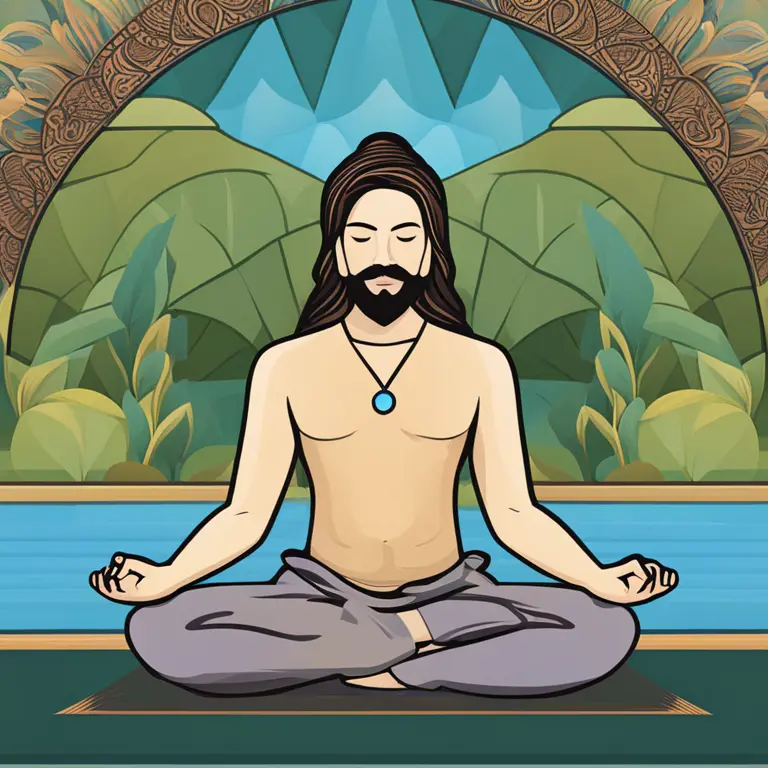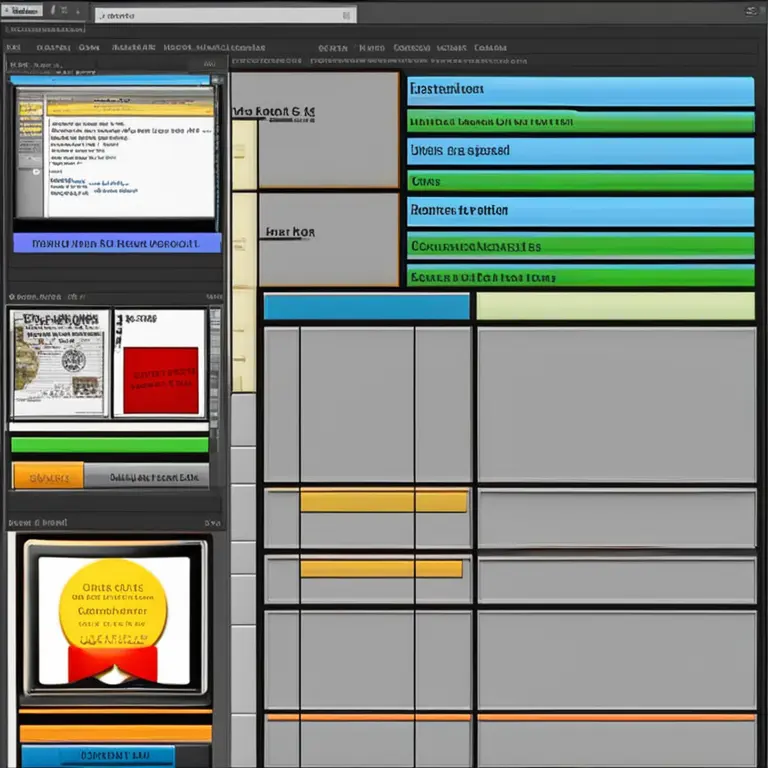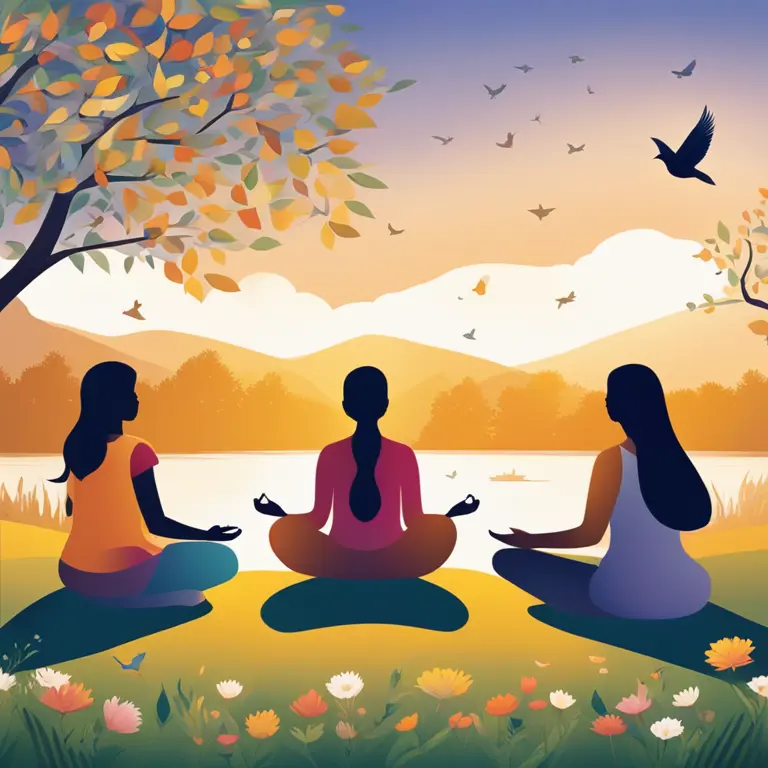
The Many Facets of Meditation Practice
Delve into the world of meditation and explore the varied practices that can enhance your spiritual and mental well-being in this insightful article.
article by Hina Kurosawa
Embracing Silence and Stillness
In the bustling rhythm of modern life, meditation invites us to embrace silence and stillness. As the cornerstone of typical practice, these moments of quiet are not just absence of noise but the foundation for inner peace. Individuals often find that through sustained periods of silence, the mind can renew itself, shedding the layers of stress and anxiety. In the stillness, practitioners connect with the core of their being, an experience that is both nurturing and revitalizing. This fundamental aspect of meditation can be profound, whether one is sitting by a serene lake at dawn or nestled quietly in a city apartment.

Integrating Breathwork
Breathwork is the art of conscious breathing, another vital element of modern meditation practices. By focusing on and regulating breath patterns, meditators can achieve an altered state of consciousness that promotes relaxation and healing. Techniques like pranayama from the yogic traditions or the Wim Hof Method have gained popularity for their ability to enhance physical endurance and mental clarity. In 2024, advances in neuroscientific research continue to affirm the benefits of breath control in managing stress, improving cardiovascular health, and strengthening the body's response to various medical concerns.

Visualization Techniques
Visualization is a powerful tool in the meditator's kit, allowing the practitioner to embark on inner journeys. By creating vivid, mental images, one can focus the mind, manifest goals, or transport themselves to places of immense peace and beauty. Techniques may involve picturing healing light permeating the body or envisaging oneself achieving a long-sought-after goal. In an age where virtual reality starts to overlap with meditation technologies, visualization remains a deeply personal practice that harnesses the mind's ability to influence both the body and the emotions.

Incorporating Mantras
Mantras, or repetitive sounds and phrases, have long been an integral part of meditation practices across various traditions. Embodied in the form of sacred syllables or inspirational affirmations, mantras serve to focus the mind and alter one's vibrational state. Chanting mantras can be a solo practice or part of a group meditation, often accompanied by music or the beat of a drum. By 2024, mantras have evolved, with personalized mantras created to support the individual needs and aspirations of the practitioner, further solidifying the customizable nature of meditation.

Mindfulness and Presence
Mindfulness encourages the meditator to immerse themselves fully in the present moment, fostering a deep sense of awareness of the here and now. This practice, rooted in Buddhist traditions, has gained widespread acclaim for its applicability in everyday life. By being fully present with one's thoughts, actions, and surroundings without judgment, a person can attain a state of equanimity and acceptance. Mindfulness meditation continues to be a tool for therapy and self-improvement, its efficacy supported by numerous scientific studies.
Movement Meditation
Not all meditation requires stillness. Movement meditation acknowledges the flow of energy through motion, offering practices such as yoga, tai chi, or qigong. These dynamic forms of meditation combine the awareness of breath and body to achieve a meditative state. In an ever-evolving landscape, dance and freeform movement have also emerged as mediums for meditation, encouraging expression and the release of blocked energy. Movement meditation remains essential, especially for individuals who find peace and clarity through action rather than inaction.
Technology-Enhanced Meditation
Technology has found its way into meditation, with apps and devices designed to improve and track one’s practice. Biometric feedback devices measure variables like heart rate and brain waves, helping individuals refine their techniques. Meanwhile, virtual reality environments offer immersive experiences that can transport users to tranquil settings, optimizing the meditation experience. As technology advances, it becomes a valuable ally in deepening meditative practices and making them more accessible to a broader audience.
Published: 1/15/2024
Modified: 1/15/2024
More predictions
Come back here soon to learn more about yourself and your future


Calming the Storm: Mindfulness Meditation for Anger
Discover how mindfulness meditation can be a powerful tool for anger management, promoting inner peace and emotional balance.


Healing Through Mindfulness: Meditation & Trauma Recovery
Mindfulness meditation offers a powerful tool for individuals seeking solace and healing from traumatic experiences. Discover how this practice can aid in the journey towards inner peace.


Mindfulness Meditation Basics for First Graders
Introducing foundational mindfulness meditation practices to instill calm and focus in first-grade students.